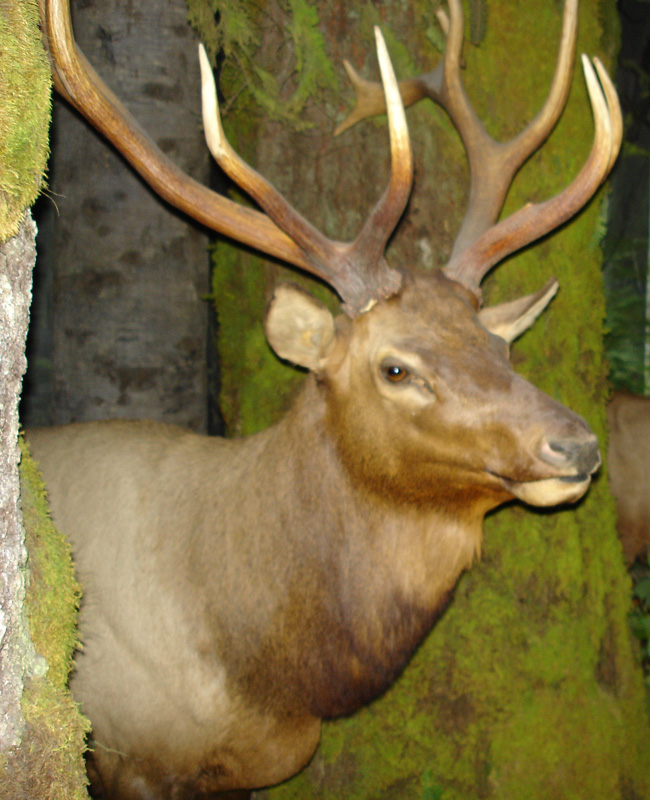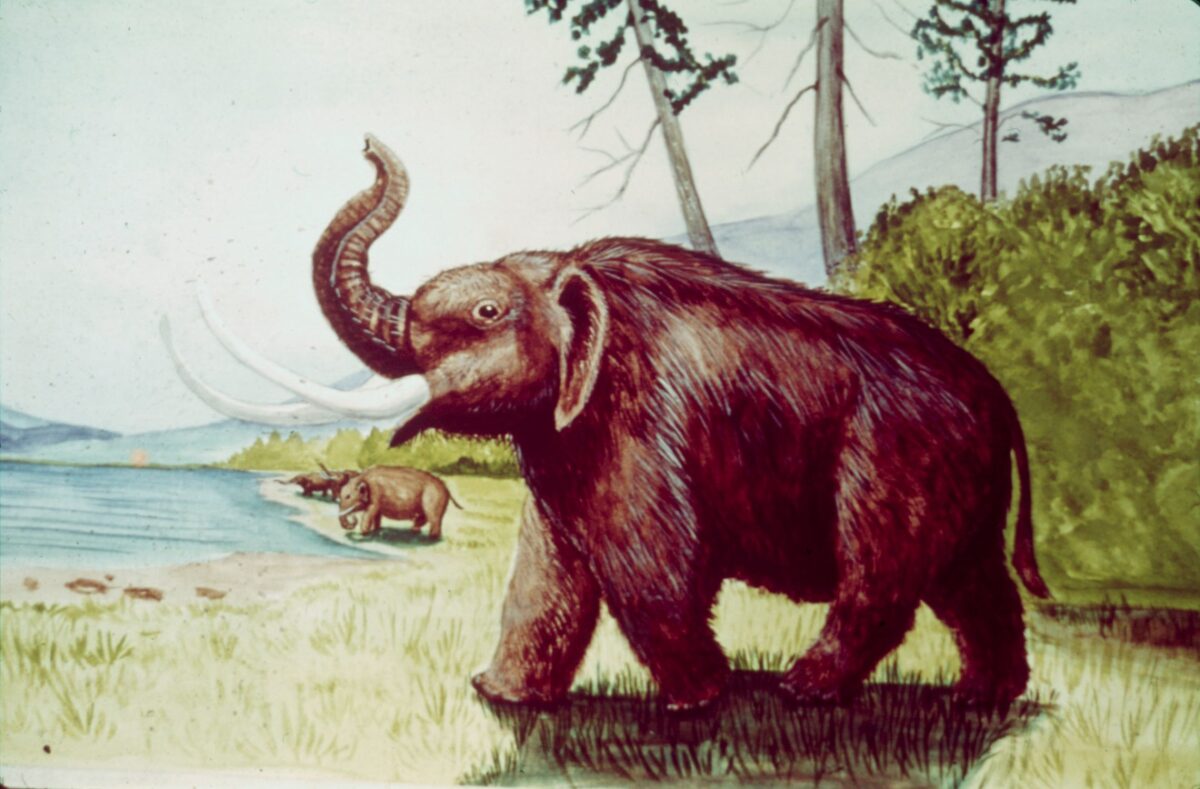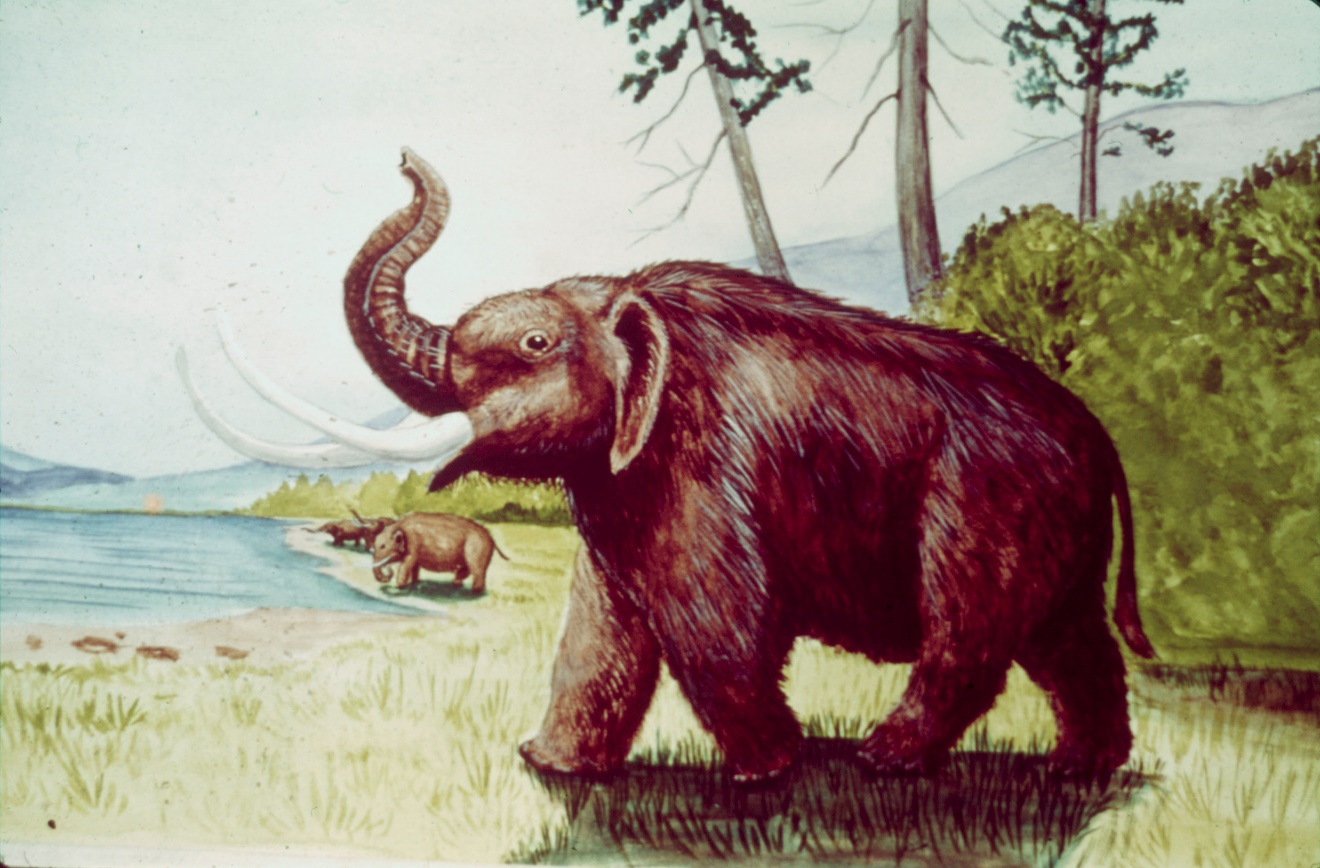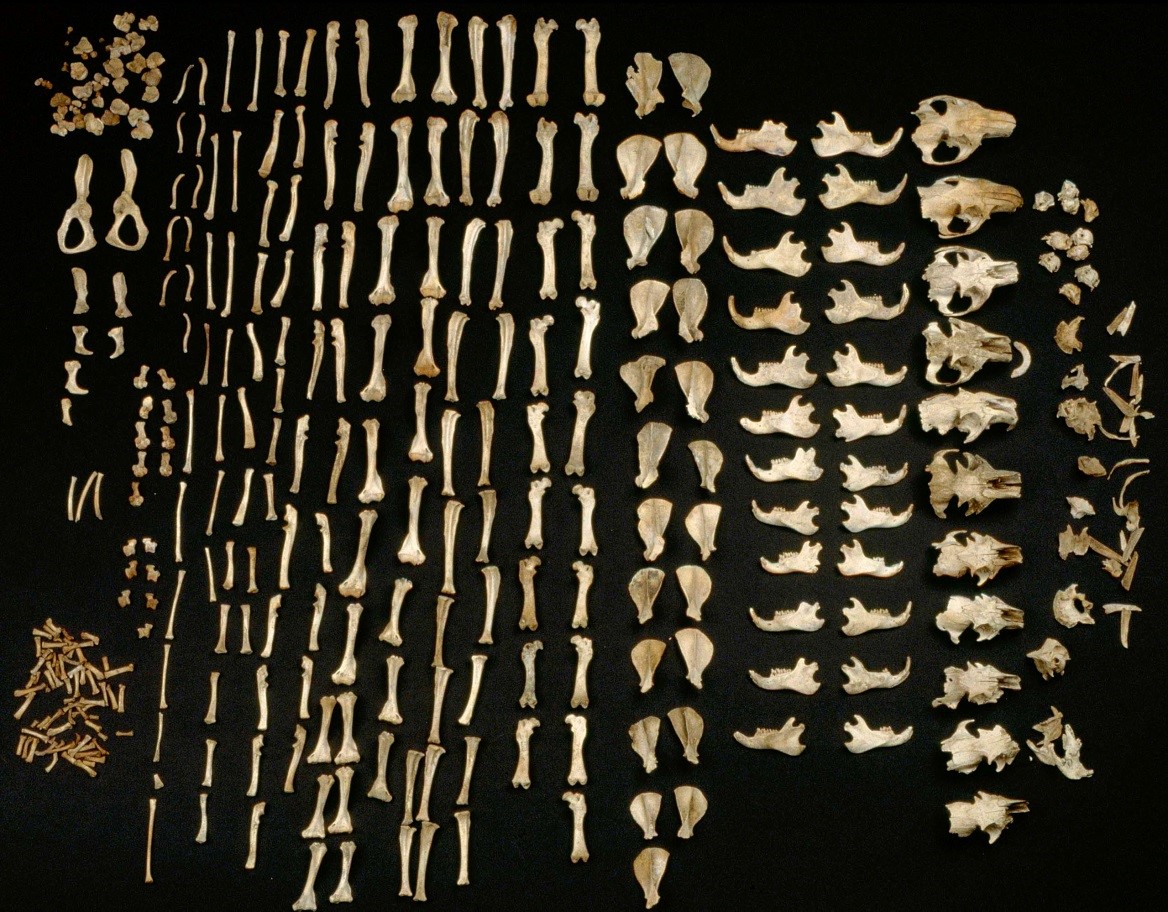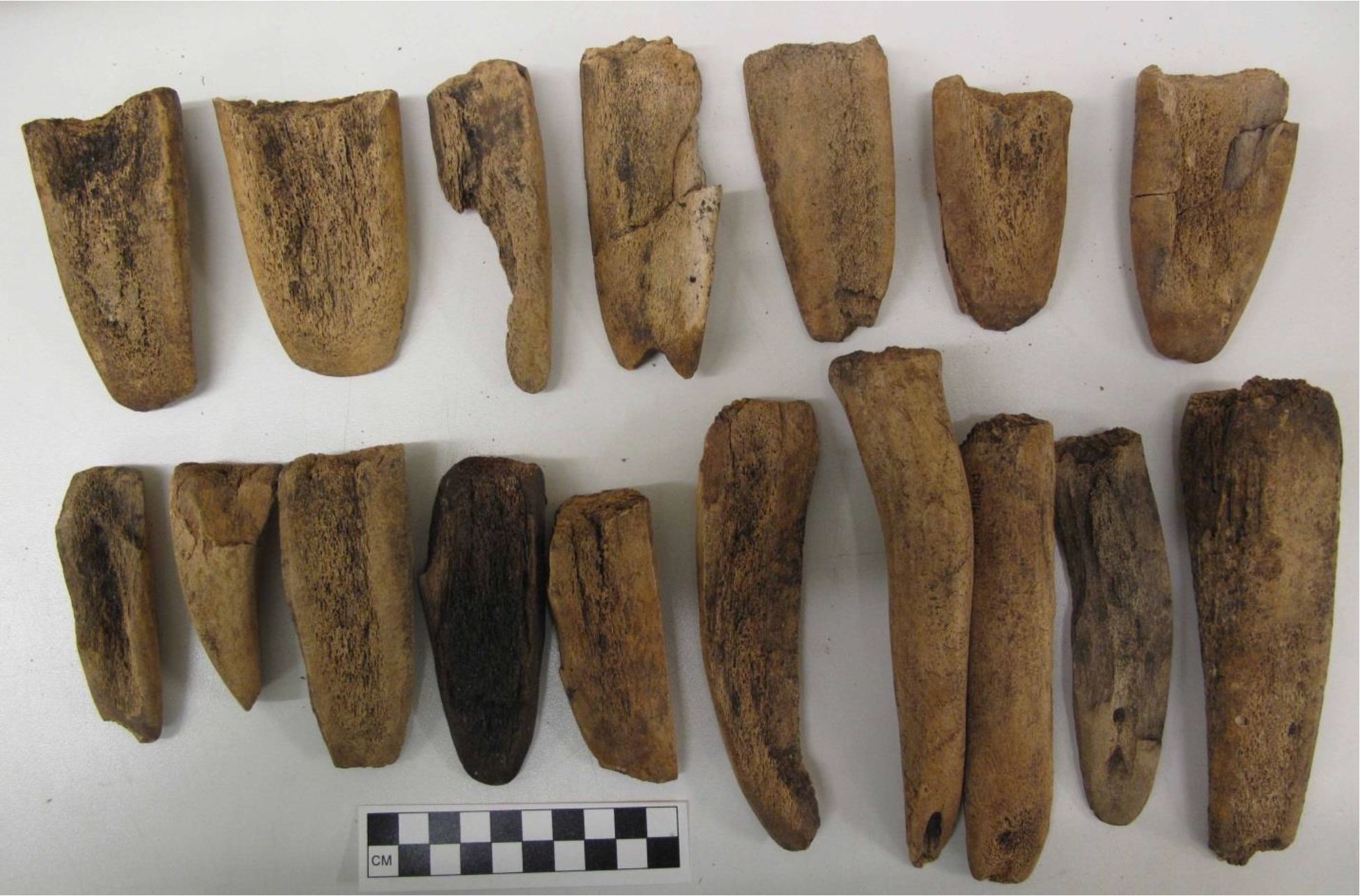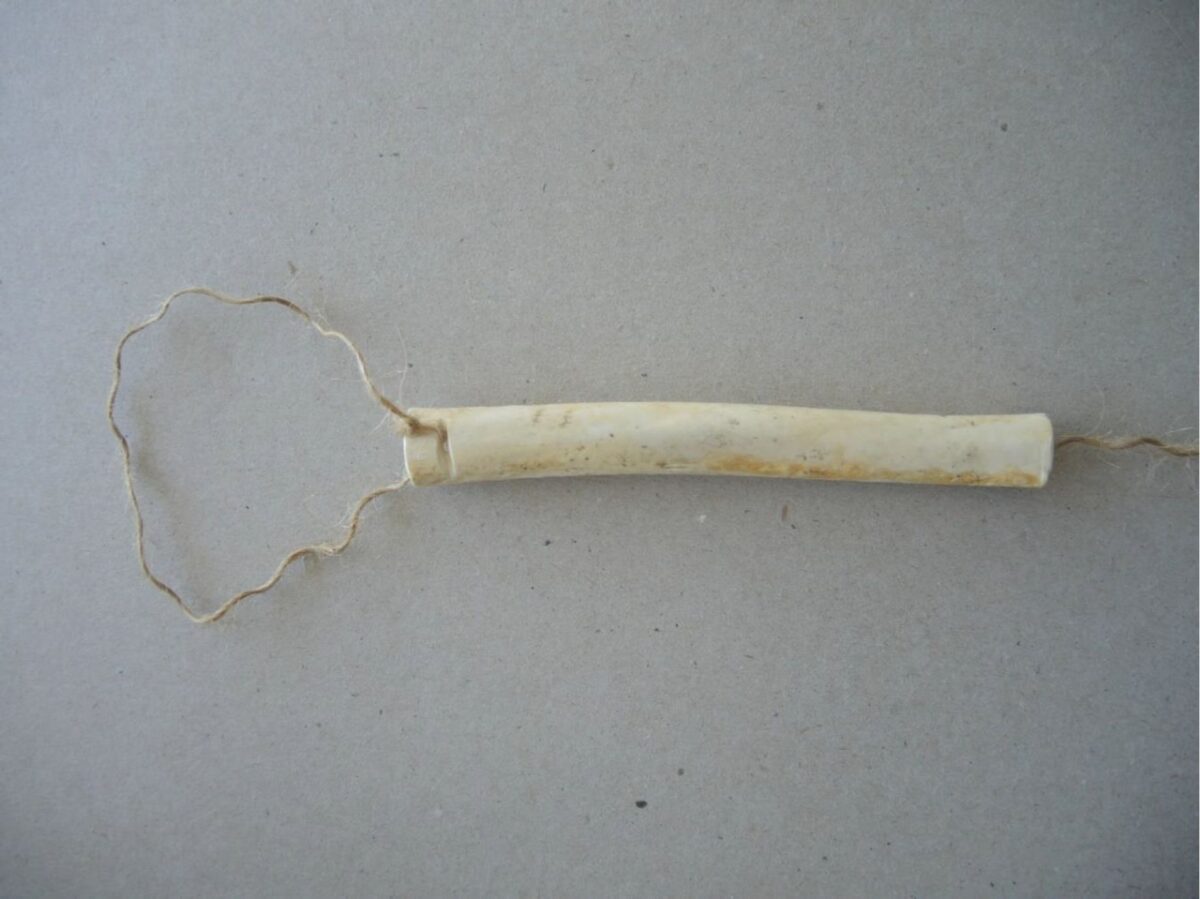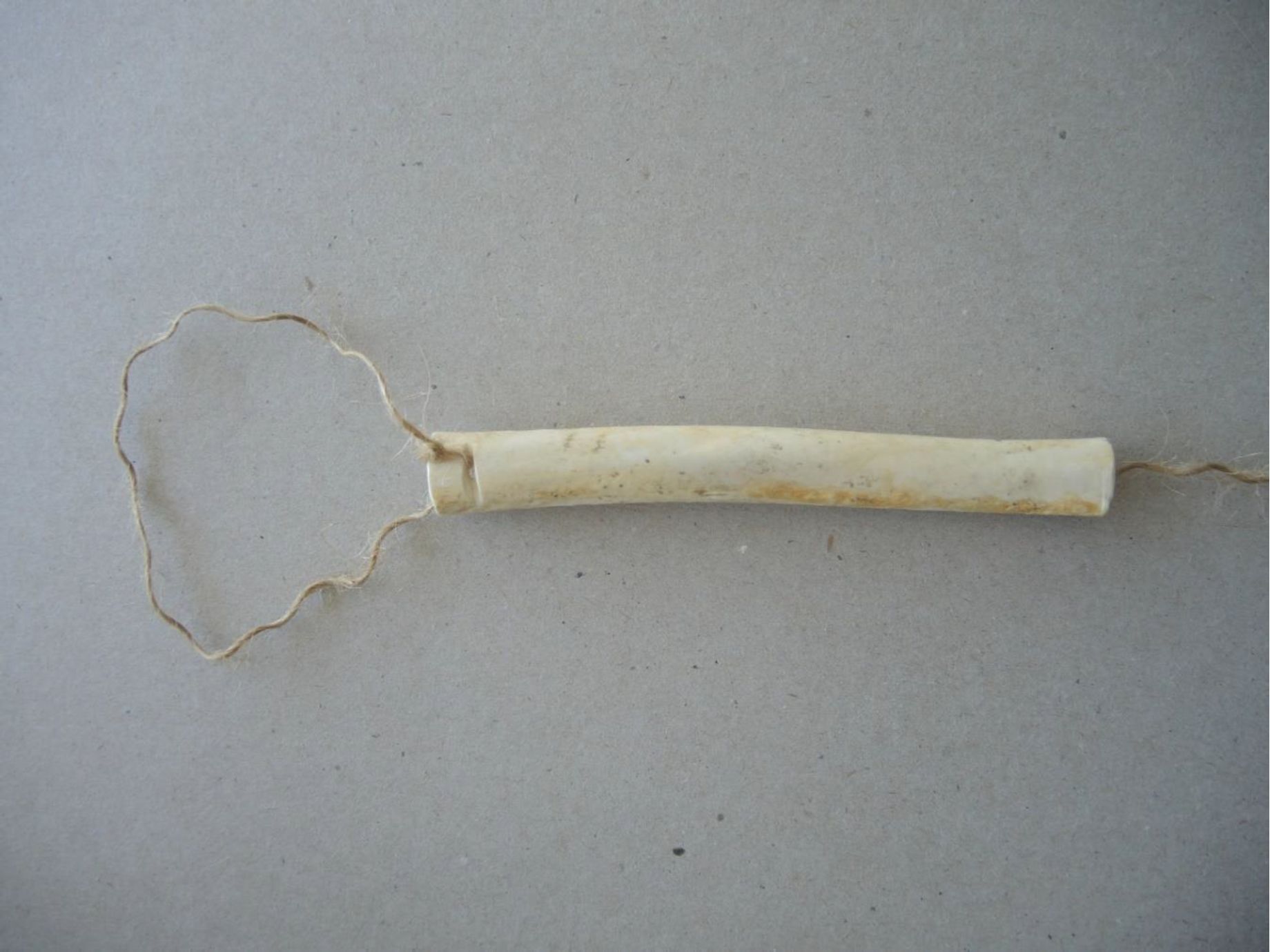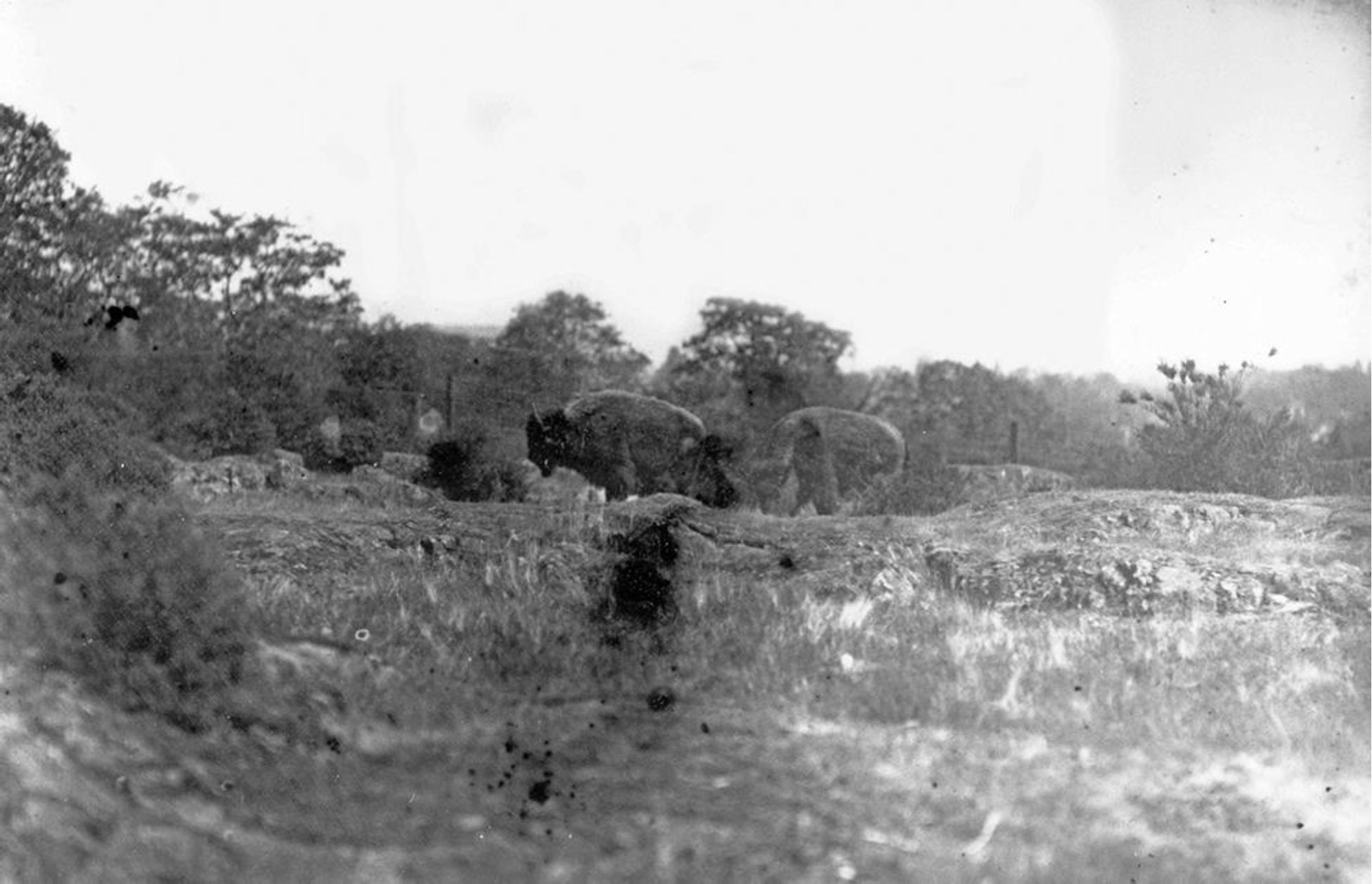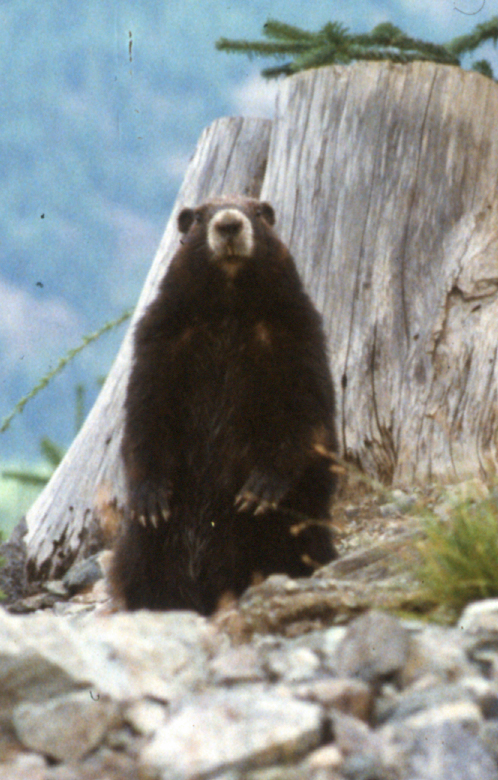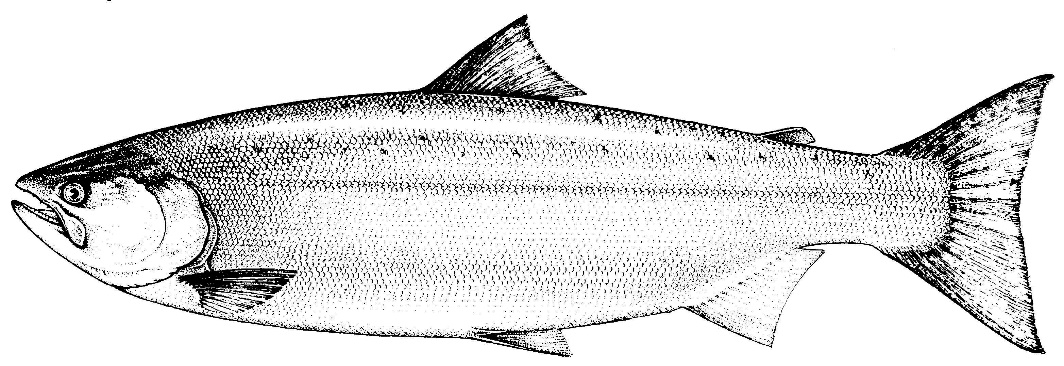
Introduction Fishing was a major part of the traditional Lekwungen economy. The availability of some fish resources, however, changed on a decadal basis because of the changing water temperatures (Chevez et. al. 2003) and the intensity of important seasonal fish runs could vary over longer periods of time due to other climatic factors (Finney et. al. 2000 and 2002). There were times when the salmon runs did not arrive or drought conditions prevented them from running up local streams. People then had to refocus on other resources or starve. Although a few species of fish were often considered the most important, the old village sites reveal the remains of numerous species. Not enough analysis of fish remains from sites has … Continue reading “Lekwungen Resources. Part 1. Fishing”
